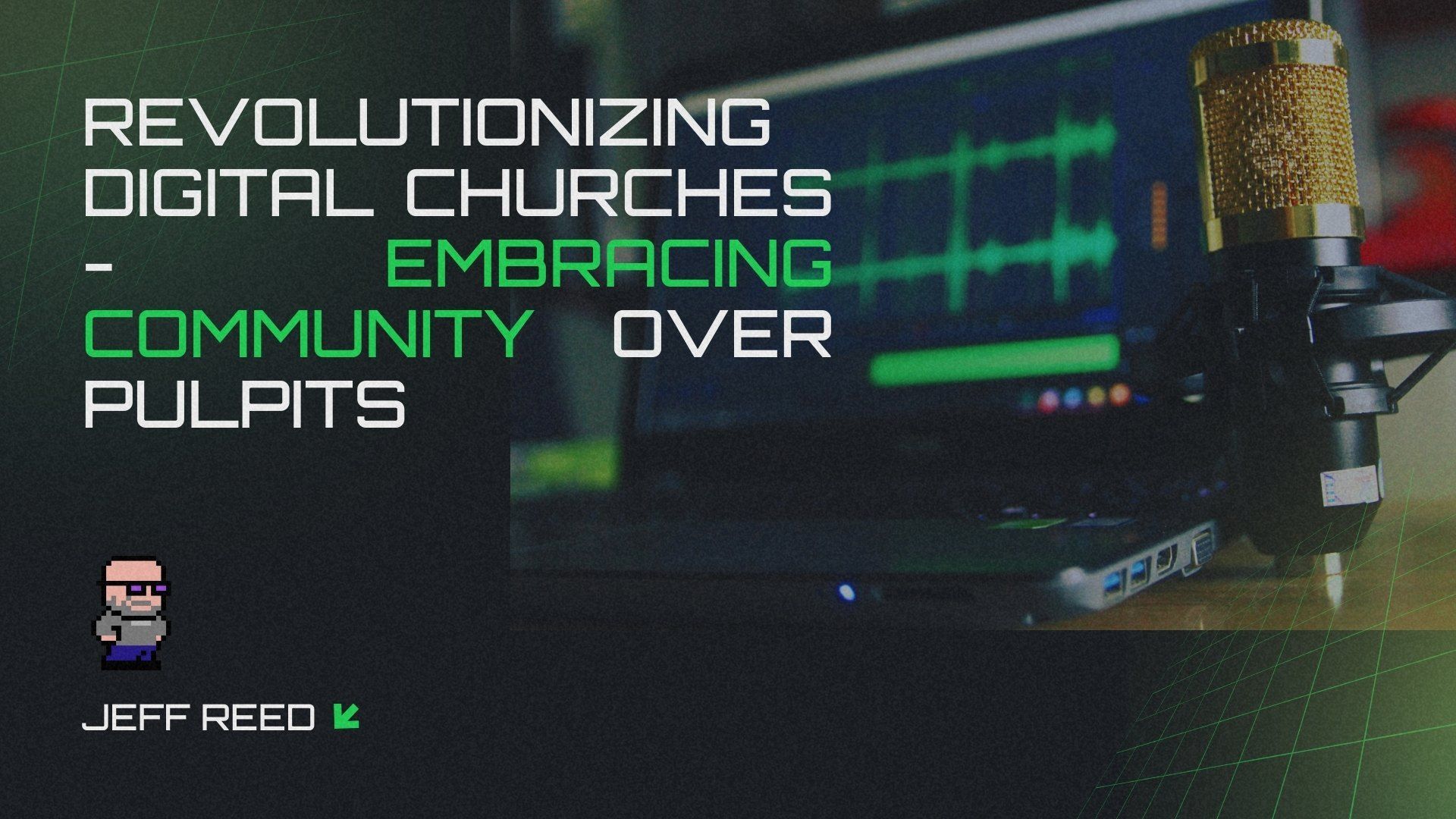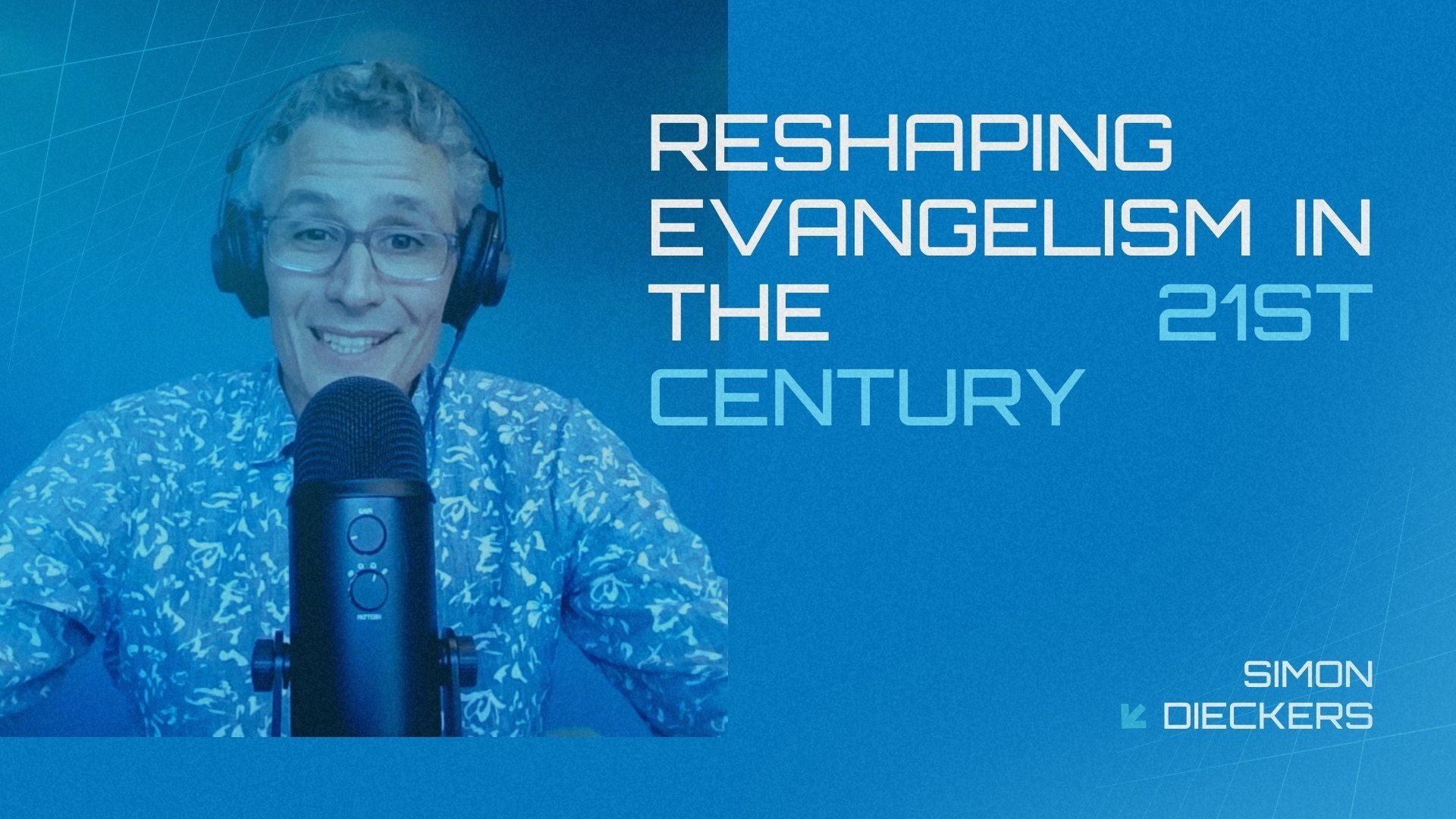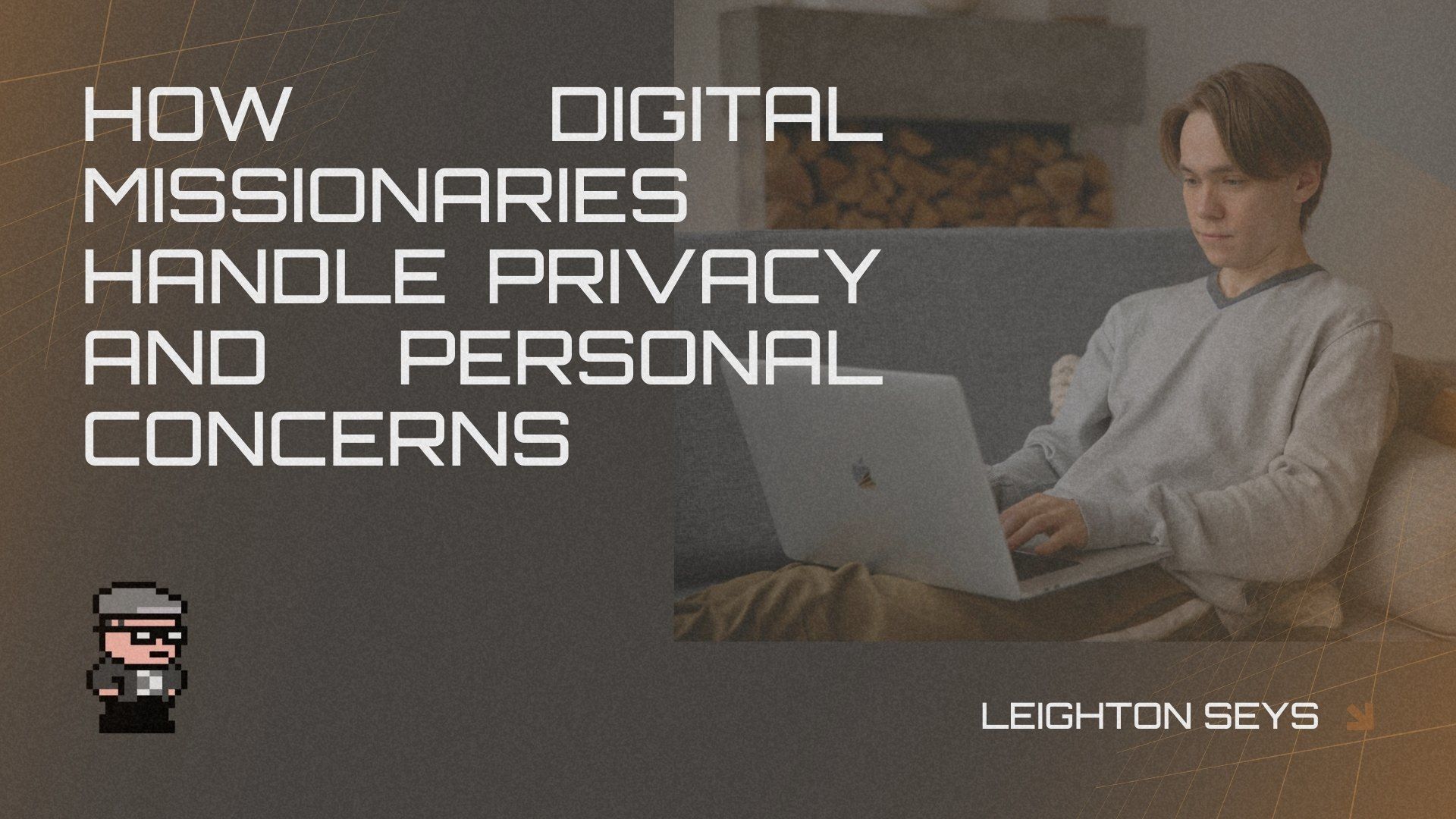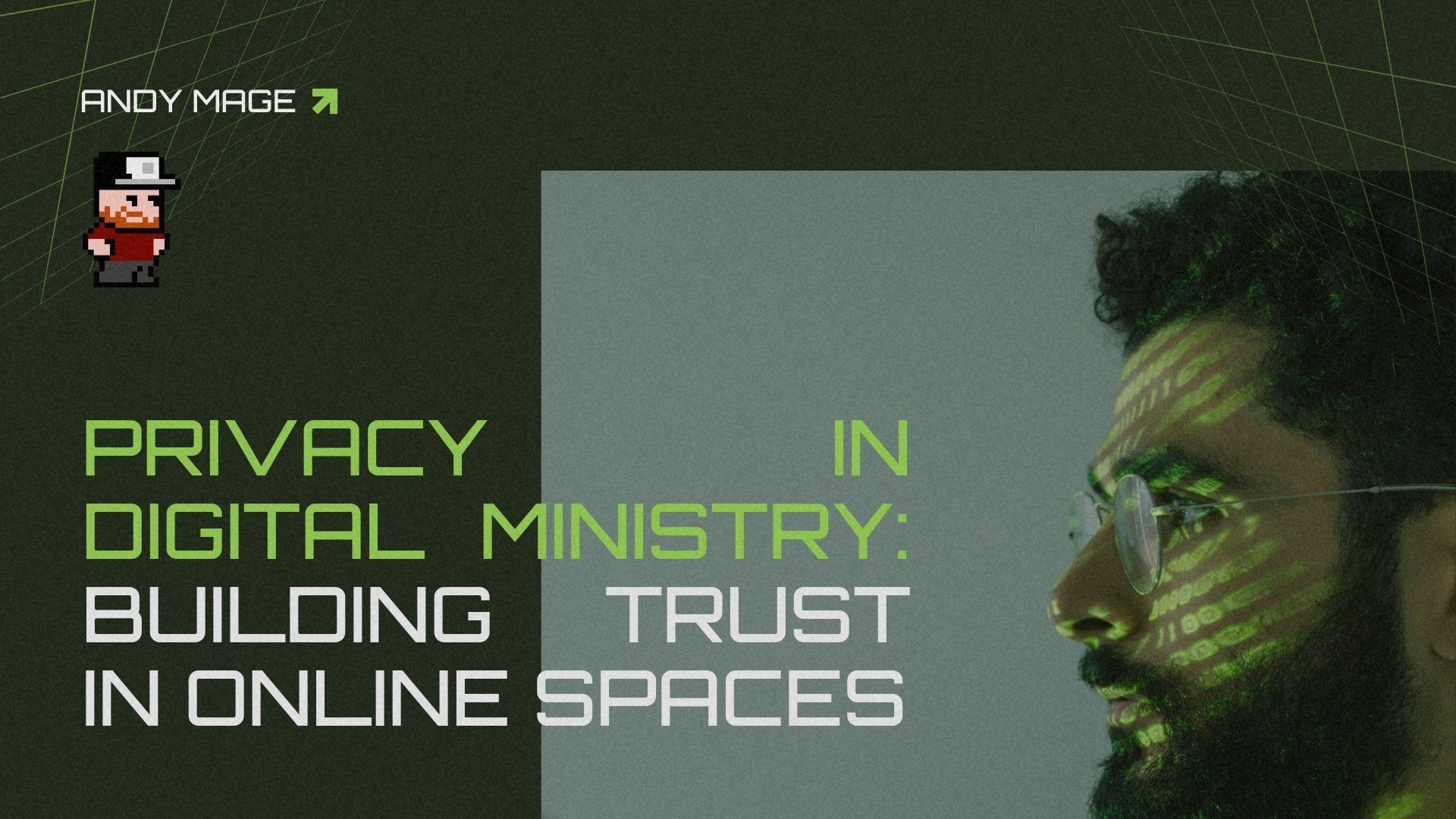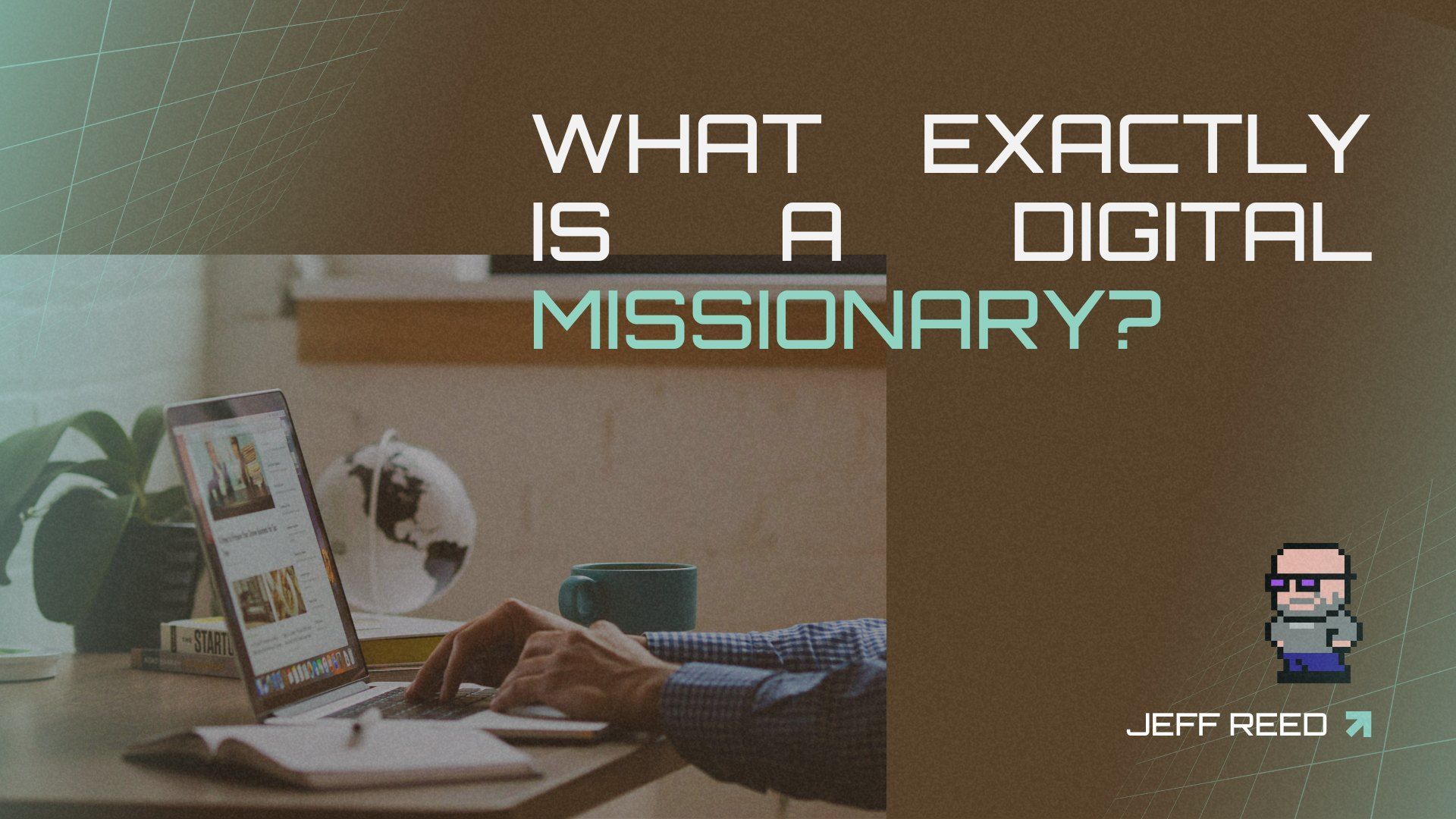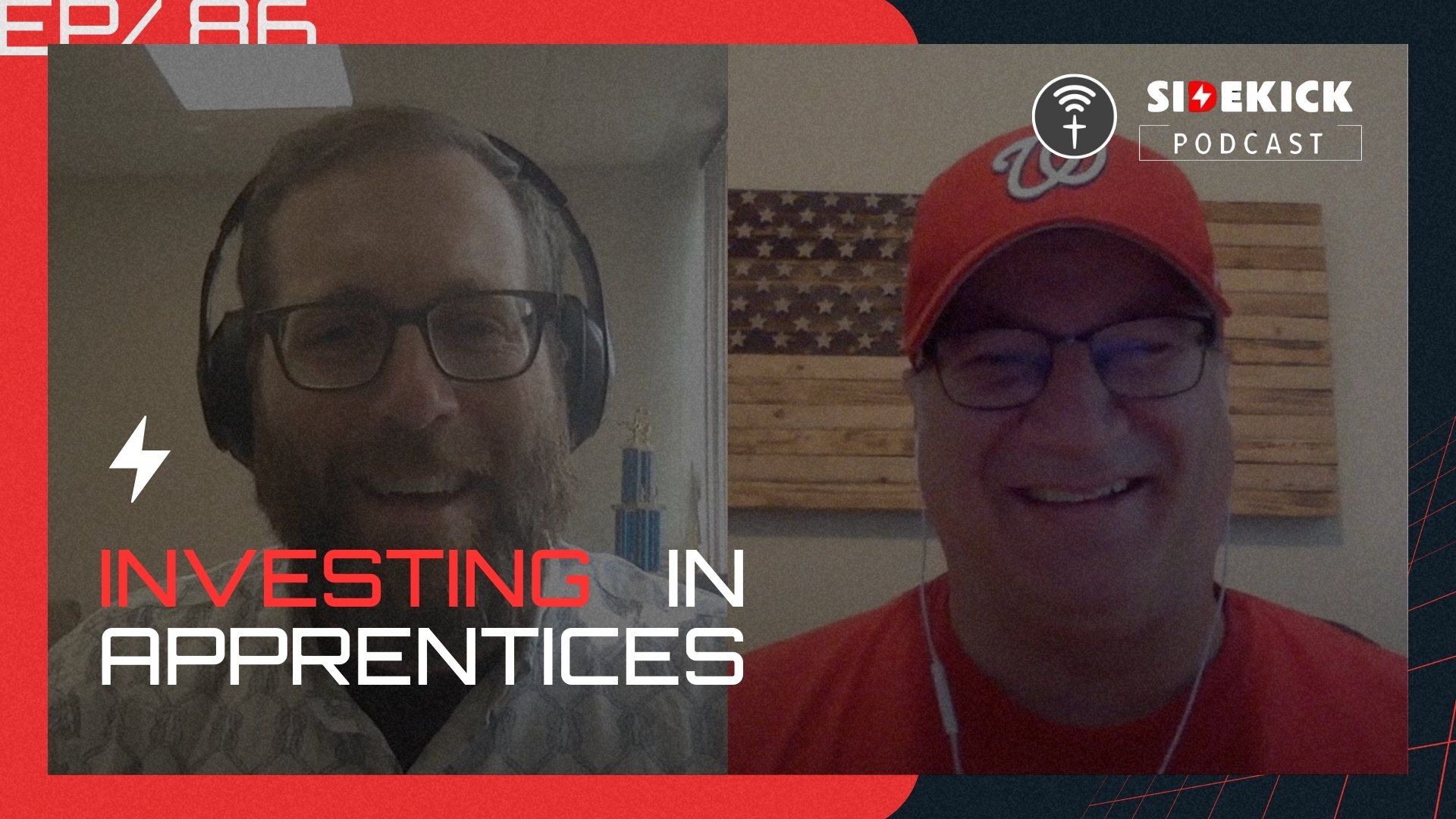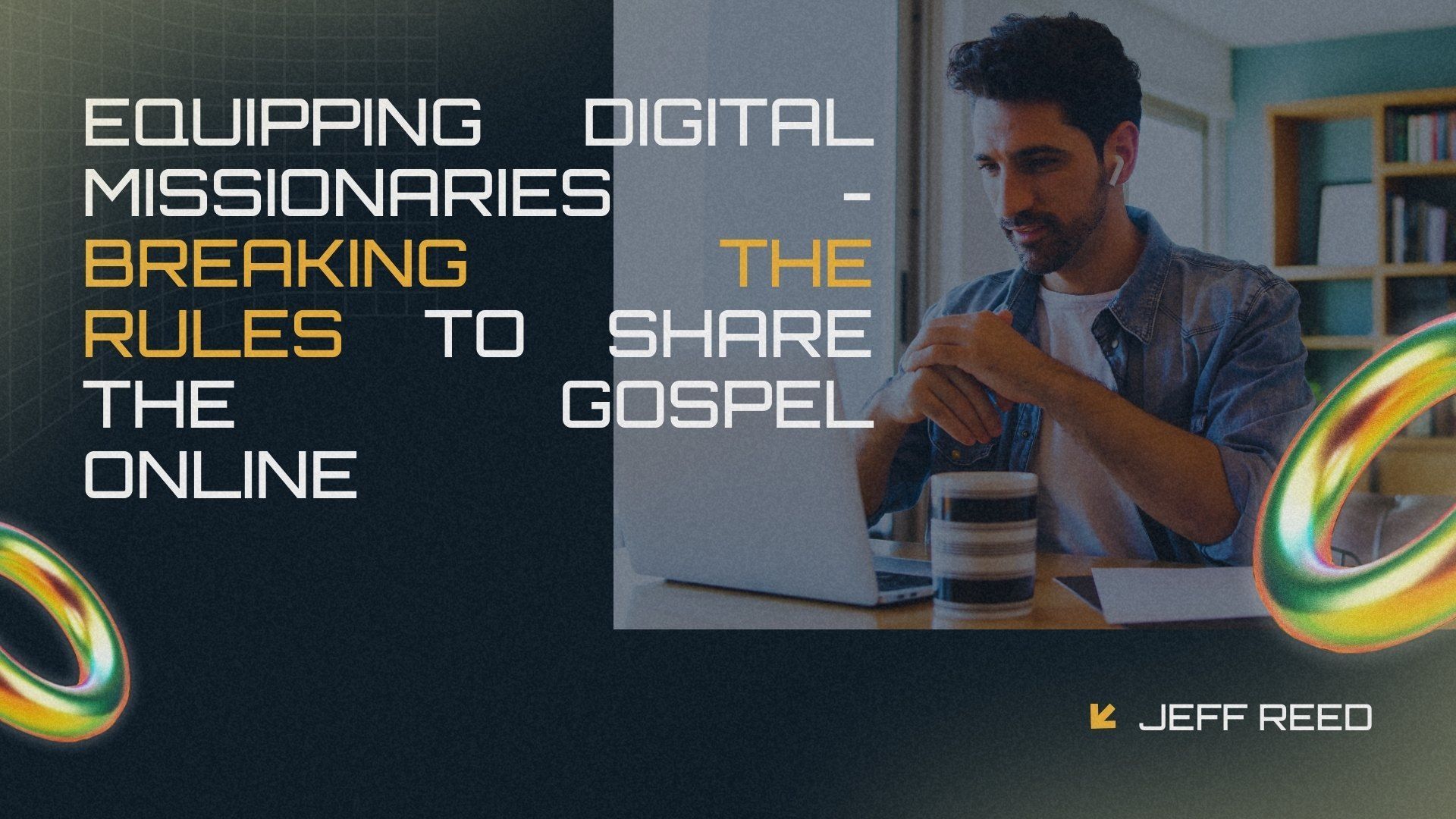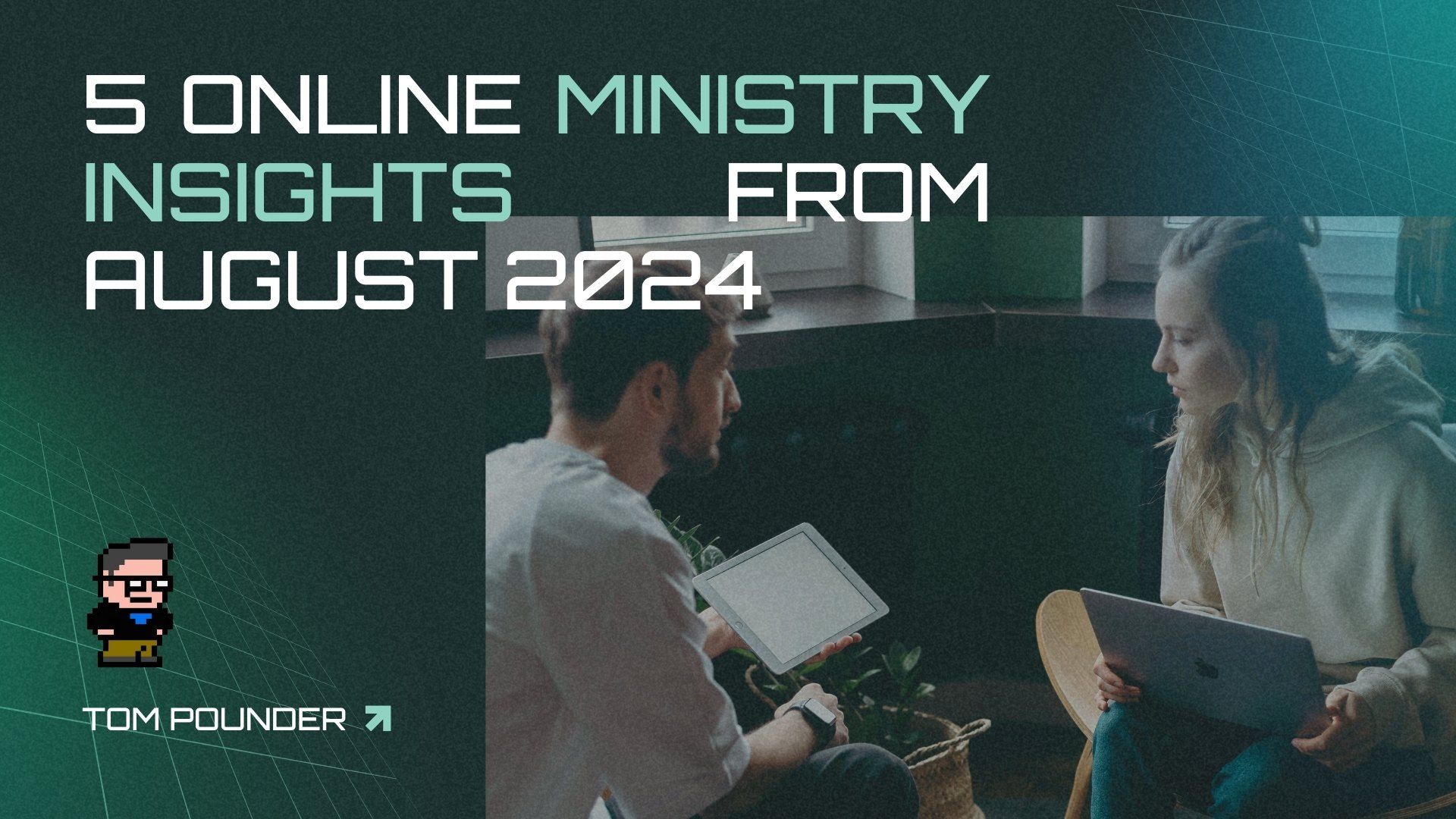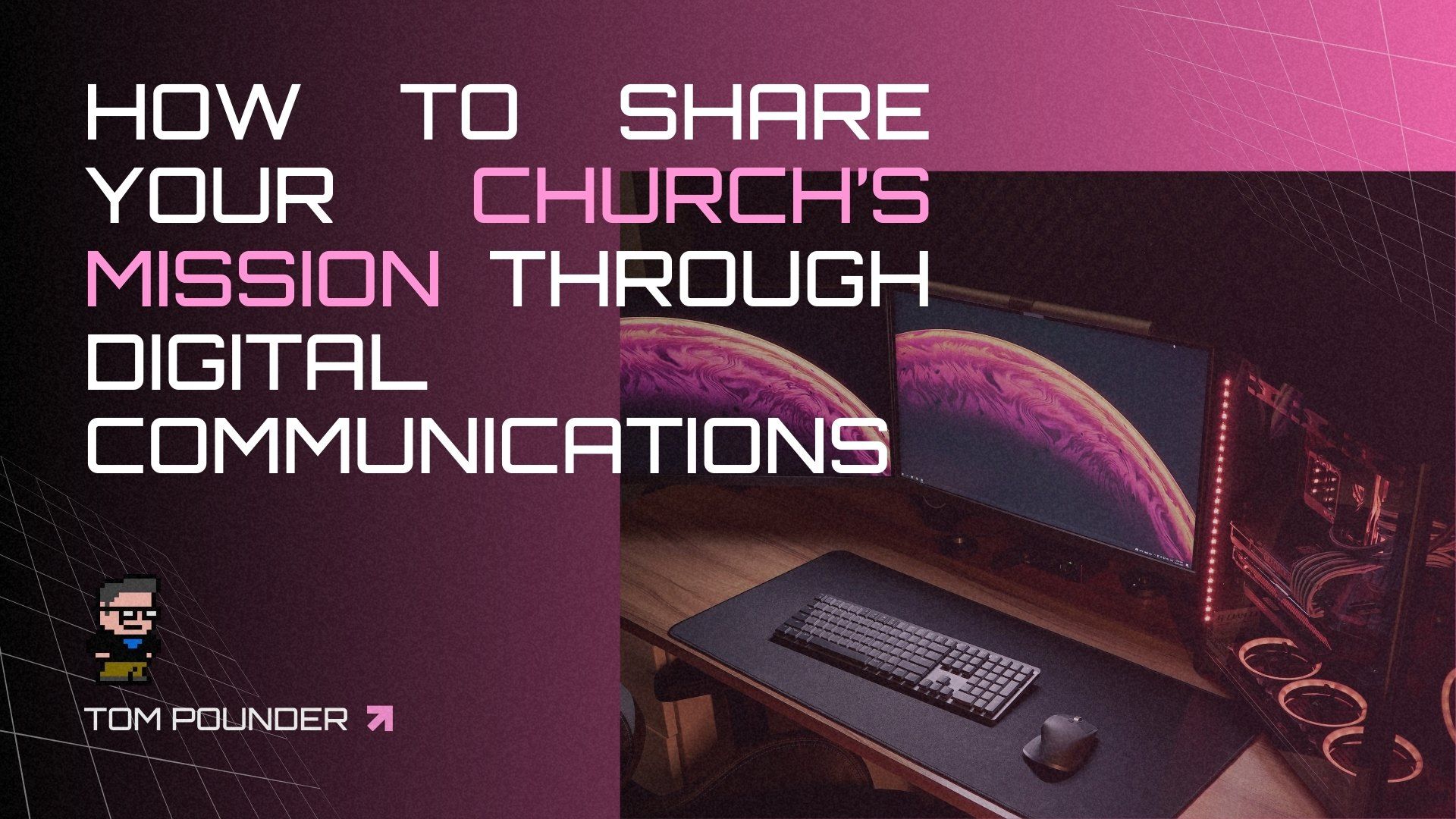A Few Things to Consider As You Make Re-Opening Decisions for Your Church
The learning curve has been sharp. Pastors all around the country and world have had to learn new methods, new technologies, and new leadership skills to navigate church and community in the digital space. To be honest, I think we are all getting pretty good at it.
So what happens next? The lock downs, quarantines and stay at home orders will not last forever. Society will reopen and so will your church. When that happens, how will we, as pastors and leaders, reintegrate tired, scared, lonely, and disconnected people back into the physical church?
I would like to propose four key areas we need to consider as we look forward to the transition back to our gatherings. These are not meant to be prescriptive as every church is unique and will need to approach this from a unique position. The goal is to give us tools to begin the conversation with our staffs, leaders, and congregations.
1. Should We Reopen?
If your community was reopened to gatherings next Sunday, would you open your doors? Those of us with a pastor’s heart are screaming, “ABSOLUTELY!” That is the answer to, “would we?”, but it doesn’t answer the question, “should we?” What’s the rush?
Recently, we surveyed our congregation on multiple areas concerning the COVID-19 situation and their experience with the church. When asked, “If the church reopened this Sunday, would you come?” We found that 30% of respondents said that they would not come back right away. The number one reason they gave was, “Unsure of others’ precautions to prevent illness.” Another 18% responded that they weren’t sure if they would come back right away, even if the number of people were limited. That’s 48% of respondents who find themselves leery about rejoining the physical community. That’s a number we need to be careful to address. Here are some things I think we need to think critically about:
Communicate Permission to Stay Away.
I know that sounds counterintuitive to pastors. We want to get our people back, but many of our people might not be ready. If we create pressure on them to return too soon, they might not return at all.
Communicating an expectation to return before they are ready might send the message that we are more concerned about filling our building again, than we are about the potential health risks and hearts of our people. One of the objections here is, “If we don’t open, our people will go somewhere else.” Some might, but remember that up to 50% of your people will probably not go anywhere, including your own church.
Being honest and accepting of people’s concerns will go a lot farther in terms of their appreciation of how you are handling things than trying to convince them to rush back.
Communicate Concern for Their Well Being.
Do we have an ethical and pastoral responsibility to take a wait and see approach? No one has a crystal ball to tell them what will happen when things are reopened. Will the risk of infection continue to decrease, or will it spike again as people gather? Taking an extra week or two will give your leadership an opportunity to assess the situation without putting your people into a potentially dangerous situation. Communicating why you are waiting may tell your people that your first priority is their health and well being.
2. Creating Distance
In most areas the reopening of communities and activities will most likely be gradual; groups of 10, 25, 50, 250. This, again, is where the uniqueness of your church comes in. Allowing groups of 10 will have a different impact on a church of 1000 verses a church of 20. Consider the following ideas:
Begin Re-intergration With a Church Plant Mindset.
Start small and build. See your congregation as a mass of core groups. Open up key times at your meeting space during the week or on Sunday for groups of 10, 25, or 50, who sign up online for a time slot to meet. Make each meeting 30 minutes or less and provide some worship and a devotional. This will require more of us as leaders, but will help to ease the discomfort of coming back to church and reintroduce people to leadership and each other.
Start an Additional Service.
Adding a service, even for a month, will allow people to spread out in your meeting space. I know this takes more volunteers, time, and resources, but could allow people to gather in smaller groups and continue to practice social distancing.
Reconfigure Your Space.
Is there a way to move elements in your meeting space in order to create as much distance as possible between people and families? Shifting the orientation of your platform, reconfiguring your chair lay out, or clearing out your lobby of needed counters and tables will allow you to create more space.
3. Vulnerable Groups
All of our churches have vulnerable groups; the elderly, children, and those with compromising health issues. The last thing we want as pastors is to be responsible for any of our people being hurt or becoming sick.
If we are allowed to reopen, why not ask parents with children in fifth grade or younger to take an extra week or two and continue to join you online? This would require you to consider closing services for children for those two weeks, but again, it would give you, and parents, the opportunity to see what happens as groups start to gather again.
I would say the same thing about our 65+ community in the church. Invite them to stay connected online for an extra week or two. Now, I know our seniors are adults who can make their own decisions. If they choose to come, provide optional masks and gloves for their safety.
4. The Physical Environment
How do we communicate that our physical space is as clean and safe as possible? Obviously we can communicate that we are sanitizing surfaces, but I think we can do more to make people feel like we are prepared for their return.
Think about suspending free coffee service for a time, not putting out doughnuts or cookies, put out hand sanitizer, and get individually prepared communion packets. You could have your greeters wear masks and gloves. Have your greeters and welcome team open the doors for people so there are not hundreds of hands on those surfaces.
No matter what you decide about the reopening of the physical church, communication will be the key to success. Your people must know that you understand what they have been through and that you have done everything possible to invite them back in a safe and healing way.
God has been good during this time of separation, and He will be good when it’s time for reintegration.
Continue to lead your people in a spirit of unity and peace as we all navigate this time together.
.
What do you think? Share your ideas on Discord or on social media.
Through the.Church.digital, we are helping physical and digital churches better understand the discipleship process, and helping churches and church planters understand this and other decentralized mindset shifts. By taking this quick assessment we can get you connect with a coach, resources and more. Also, check out our Discord Group where we are encouraging people daily.

